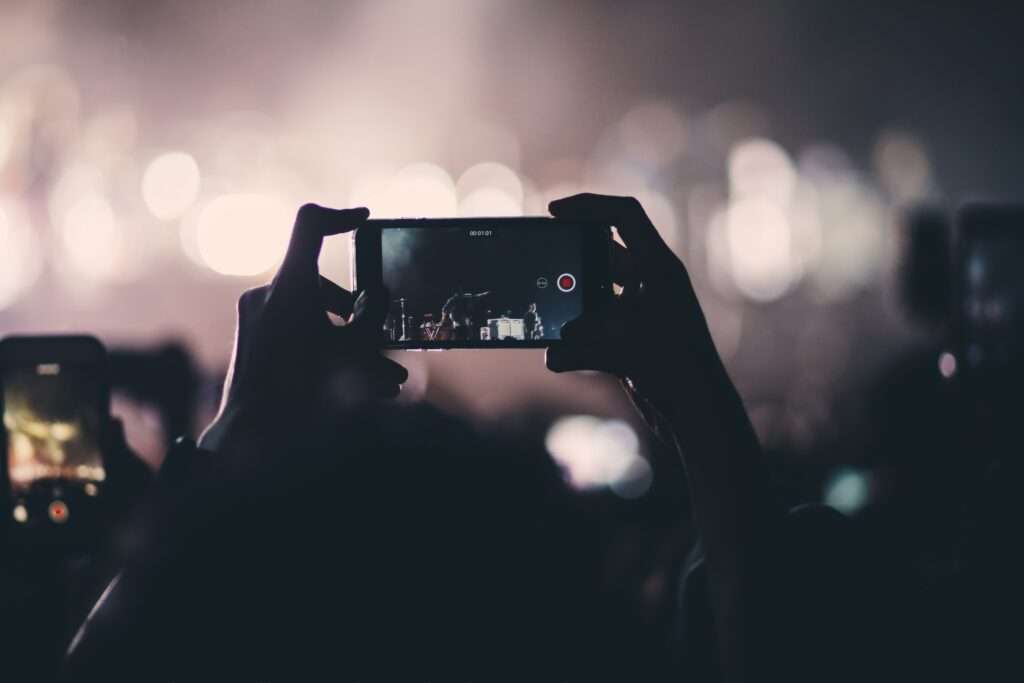Some people have a natural talent for shooting videos. However, even if you have natural talent, you could probably use some tips to shoot better video. Here are a few things to keep in mind before, during, and after you record some video.
- Get plenty of light, but make it “soft” – Without light, there is no video. With bad light you get bad video. So work on getting good light. Good lighting is generally diffused light. Harsh lights don’t look good unless you’re going for the interrogation look. If you don’t have a set of lights, sit in front of a window, preferably without direct sun. If you have “sheer” curtains, use them. They will soften the light coming in the window.
- Use a simple background – You want a background that is pleasing but not so busy that it is distracting. You also don’t want a blank void (avoid that white wall). Put a tree, a plant, a bookshelf, or all three behind you. For even better results have your background at a distance where it is slightly out of focus.
- Audio is more than 50% of good video – If you want good audio your should really think about getting an external microphone. You can get close to your camera/phone and use the built-in mic, but then you’re probably too close to your camera for a good shot. External microphones are relatively inexpensive. We recommend one by Boya – the BY-M1. It can be used for both digital DSLRs, mirrorless cameras, and camera phones. They can be adapted to iPhones that use the Lightning connector as well. You can also get more expensive microphones, but they may need more equipment to adopt to a mobile device.
- Record in a place where there’s lots of soft things – Room “tone” can affect the quality of your sound in your video recording. If you can, record in a room that has carpet, fluffy couches and pillows, or soft wall coverings. This will reduce echoes (sound bouncing off walls) which can adversely affect your sound.
- Stabilize your camera – We recommend that you use a tripod. Again, you can find inexpensive table-top tripods that work well. There are adapters that mount on top of the tripod that can hold your mobile device. Otherwise, at least think of leaning your phone against a stack of books.
- Composition, aspect ratio, and file format – Google “Rule of Thirds”. That should give you some reading choices about good composition for video. However, that doesn’t mean that sometimes you can go for centering yourself in the video. You should, however, turn your phone sideways to get a horizontal (landscape) aspect. – Try to use 1080p video (resolution of 1920×1080 in a 16:9 ratio). Most phones will do this easily. The resulting video recordings will likely be in an MP4 format. This is the most common form of video that can be shared or uploaded to a video hosting service like YouTube.
- Plan to do at least some minor edits – Video editing is not only possible on mobile devices, it can be quite quick and easy. iMovie on iOS (iPhones), or CapCut on either iOS or Android are two really good choices for mobile video editing. They can do basic cutting and trimming, but also can add music, titles, transitions, and effects to enhance your video project.
So, there ya go. 7 tips to help you get your video shared to one person, or millions. The next thing you may want to learn about is the process for getting videos on YouTube.
Photo by Elliot Teo on Unsplash



